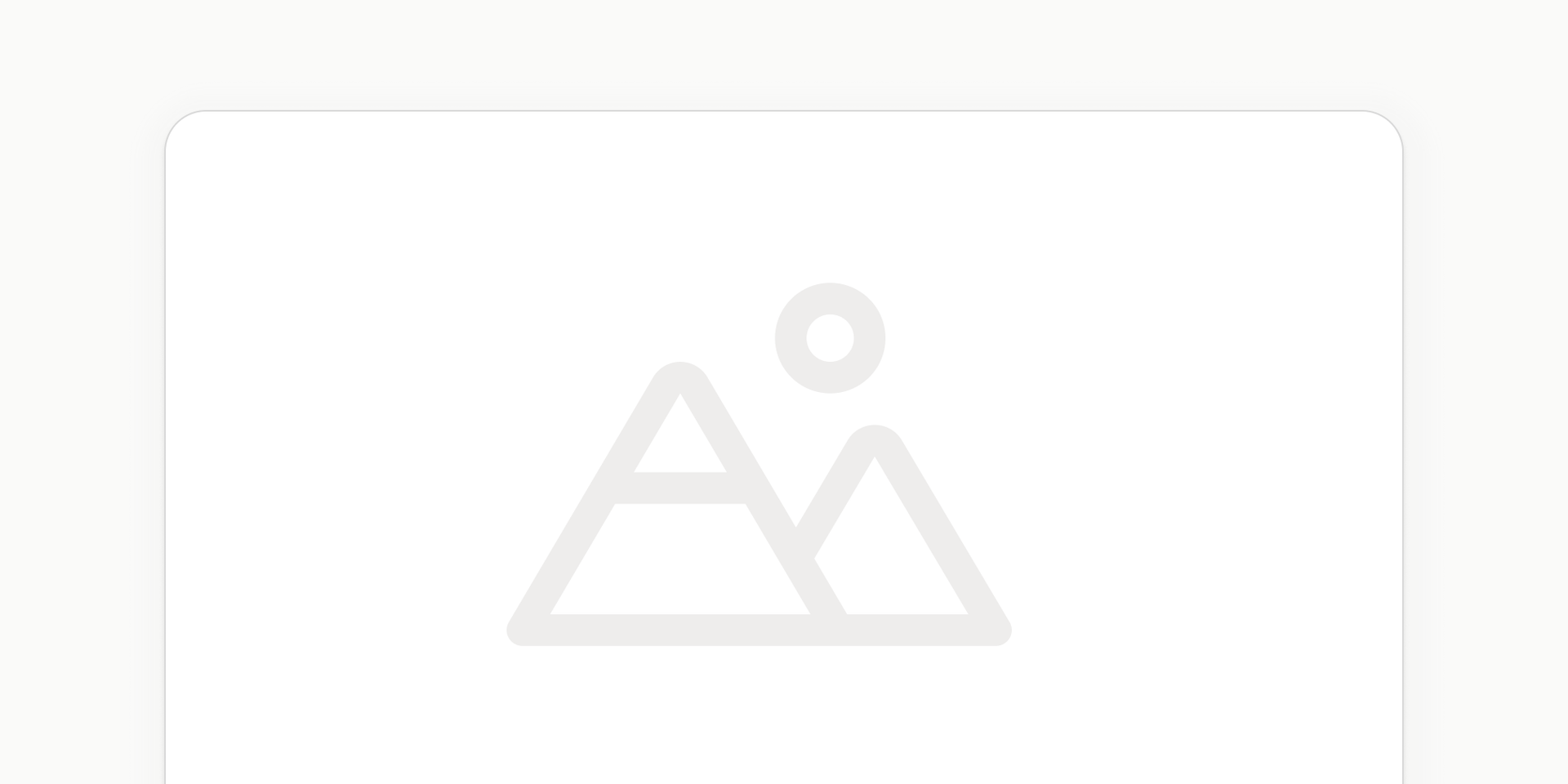
What challenges do we face in growing Capacities?
We count ourselves lucky to wake up every day to work on Capacities. We’re a small but dedicated team of six who deeply believe in the work we are doing, but that does not mean it’s without its challenges! A user reached out to us and asked what the biggest frustrations are when growing Capacities, so we thought we’d write about it. In short, building a bootstrapped app in a busy space with so much variability in users was never going to be easy, but we’ll shed some light on some specifics here.
First, being bootstrapped means every dollar we spend comes directly from user subscriptions. The reality is that if users aren’t happy with the product, they won’t pay, and that does have an impact on our finances. We are profitable but there remains pressure to find and convert new users, whilst reducing churn of existing users. Sometimes these goals can contradict each other too, so it’s a lot to balance. We know that choosing a different funding structure could give us what we need for faster growth, but we love the independence our current model gives us and how it aligns our interests directly with our users.
Second, there are many note-taking apps out there, and making strategic decisions in this environment is challenging. Every user has been on a different journey to Capacities, which complicates onboarding particularly with our unique data structure. Users’ previous experience also sets their relative expectations, and we have to balance meeting those expectations whilst knowing that Capacities is fundamentally different. We see a lot of requests that tend towards feature parity with another app, but that won’t always fit our plans or indeed the structure of Capacities. To weigh all this up when making strategic decisions is difficult, especially remembering that we need to grow Capacities.
Not all releases bolster the paid plan either. One great example is the move from online first to offline first. That was months of work for our backend team, and a project we knew was necessary. But it slowed down other developments of the app, including features users were constantly asking for but that required those infrastructure changes to be made first. We also care deeply about offering a strong free version of Capacities: we want to equalize access to educational tools because we feel that working effectively with information is a superpower. We won’t compromise on this, but it does complicate strategic planning.
Third, variability in how users want to use the app, not just how they found us, complicates prioritisation further. Capacities has a very fundamental data model, we think it’s our strength. Object types, in a networked note-taking app centered around a calendar is special and it works. Object types fit the “objects” you work with in the world, the network lets you connect them whenever, and the calendar helps you resurface notes through the dimension of time that unites us all. But that means our users can create almost anything they want to. That means we often get opposing feature requests, which makes prioritization difficult. On top of this, we can never have a representative view of what users want, only a subsection of our users communicate with us. We rely on our feedback board, Discord community and conversations through support for clues, but this is rarely straightforward.
Pulling this all together, it’s really hard to work out what to build and when. We are left with countless questions to weigh up each day: What do users want? What can help convert users from Free to Pro to help sustain the development of the app? What will help us stand out in the space? Do we need to achieve a level of feature parity before users could even consider switching? How can we make onboarding easier? How do we balance our vision and understanding of the app with what users are asking for? What development dependencies do we have? These are the questions that we spend hours debating amongst the team, and you see the outcome of them in our Roadmap, What’s Next articles and our release notes.
We hope this was an interesting look at some of the challenges we face when growing Capacities. Whilst it isn’t easy, we are happy to move forward because we feel the problem of information overload is unsolved, and we will help solve it.
